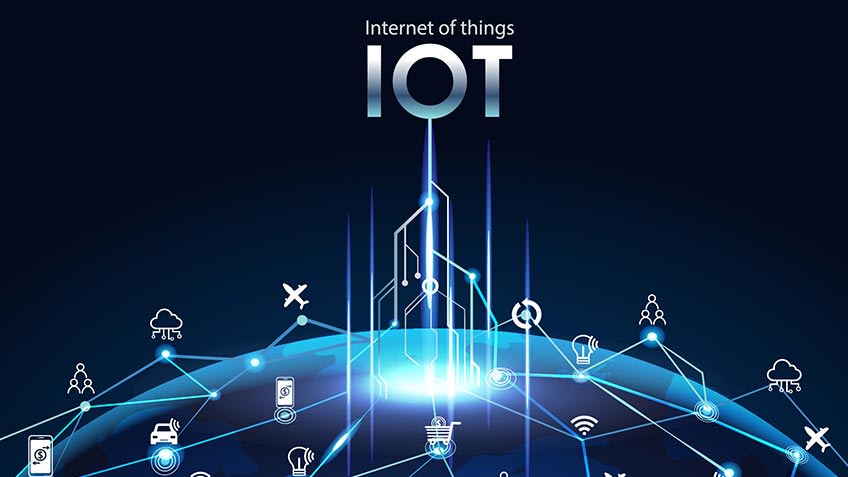The ABC’s of IoT: Internet of Things Fundamentals


The ABC’s of IoT: Fundamentals of Today’s Internet of Things
The Internet of Things (IoT) is continually evolving and growing. With so many changes in market dynamics, technologies, and applications, it may be hard to keep up with trends and opportunities in the IoT space. In this three-part series, we break it all down to the fundamental building blocks that characterize the current state of IoT and that will drive the future of the smart device ecosystem.
A is for Algorithms
Machine Learning algorithms can be applied to data collected at the edge layer of IoT installations to help organizations predict performance and take action to create operational improvements.
B is for Billion
As in the 30.9 Billion connected devices projected worldwide by 2025 according to Statista with healthcare, smart city, and process manufacturing just some of the applications expected to see continued high growth.
C is for Cat-M1
LTE Cat-M1 is a low power wide area network technology that has been developed to simplify the roll out of machine-to-machine applications that don’t require high bandwidth and data speeds. The lower cost and long battery life of Cat-M1 devices such as sensors and tags make it well suited for field applications.
D is for Data
The continued growth in connected devices leads to a dramatic increase in data. As a result, additional focus must be paid to security of that data whether it is stored “at the edge, in the data center, or in the cloud.”
E is for Enterprise
Enterprise leaders recognize the need to use data to gain deeper insight into their operations and their customer preferences. Whether IoT strategies are focused on inventory management, customer service, bridging a skills gap, or a broader digital transformation effort, the business benefits of IoT are clear and will drive increased enterprise adoption.
F is for First Time Fix Rate
Improving an organization’s ability to remotely monitor the health of high-value assets (e.g. equipment in oil/gas facilities, mines, etc.) increases “first time fix rate” and increases uptime of the operations that they support.
G is for Grid
Smart Grid applications to improve efficiency, modernize infrastructure in support of carbon reduction initiatives, and open new revenue opportunities will drive an estimated CAGR of 20% in IoT investment in the North American energy sector through 2026 according to a recent Facts & Factors report.
H is for Healthcare
Healthcare is a major growth sector for IoT with approximately 53% of U.S. hospitals now having implemented a remote patient monitoring system according to the American Hospital Association. The same study indicates that another 11% are planning to implement an RPM system in order to improve patient outcomes, particularly with traditionally higher-risk/higher-cost patients.
I is for Industry 4.0
Industry 4.0 is defined by i-SCOOP as “the digital transformation of manufacturing/production and related industries and value creation processes.” Successful Industry 4.0 initiatives rely on smart devices at the edge layer as the foundation for improving productivity, reducing costs, and identifying new business opportunities throughout the manufacturing and production (and other) sectors.